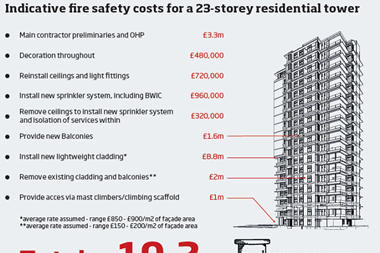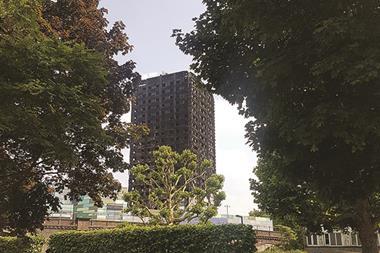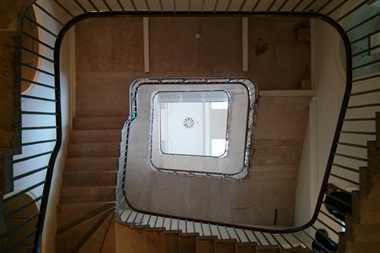This year’s agency survey reveals a sector of striking contrasts. Put crudely, there are the biggest beasts in the jungle and then there is the rest of the food chain.

Overall, revenues among the 40 agents that feature in the report were up 16% year on year to £4.3bn. But that statistic masks some very different fortunes.
At the very top, CBRE and JLL saw their UK incomes increase by 41% and 28% respectively. For most, though, the last year was one of either anaemic or negative growth, with the average coming in at 5%. More worryingly, in last year’s survey just three firms reported declining revenues; this year 15 firms saw their income fall.
So what explains the change in fortunes? While many were already calling the top of the market before the Brexit vote last year, the fallout from the referendum has to have played its part, no matter how difficult it is to establish a direct causal link.
The biggest agents may in fact have benefited from the influx of foreign money lured by the weak pound, but for most the uncertainty of Brexit has been harmful.
What is not yet clear from the financials supplied by the agents is what impact Theresa May’s hubristic decision to hold a general election will have on the market. With the benefit of hindsight, the majority of 12 that May inherited looks pretty stable - if not strong - compared with the chastened government she now leads. This week’s £1bn deal with the DUP may have prompted some hypocritical nonsense from opposition parties in Wales and Scotland, but at least now the business of government can proceed.
How this game of thrones will affect the rest of us is still a story in progress, although it’s encouraging to read Steve Norris’s assessment of the situation. “Thirty years in active politics has taught me that governments that don’t do much are far and away the best kind,” he writes. Let’s hope he’s right.
The cost of Grenfell
That £1bn sop to the DUP pales in comparison with the potential financial implications of the Grenfell Tower disaster. At the moment, it is the human cost of the tragedy that is rightly to the fore, but at some point the price tag attached to making safe the rest of the country’s social housing tower blocks will have to be confronted.
It isn’t going to come cheap. As the figures supplied to Property Week by Gleeds make clear, the cost of retrofitting a typical tower to modern safety standards comes in at just shy of £20m. Apply that to the 600 towers that are suspected of being fitted with unsafe cladding and you get a quite eye-watering figure of £12bn. The bill for retrofitting the 120 that have been declared unsafe already amounts to £2.4bn.

There could be worse to come. The government’s focus so far has been on towers owned by councils and registered social landlords, but there is every reason to suspect that many privately owned tall buildings have also been fitted with the suspect cladding. If those fears prove justified, the cost of fixing the situation will grow inexorably.
But no matter how high the bill, it will have to be paid. The public anger about Grenfell is such that if the government fails to do everything possible to prevent any future disasters, it will soon find itself out of office. Equally, any developer or landlord that fails to act could soon find themselves held to account - and rightly so.































No comments yet